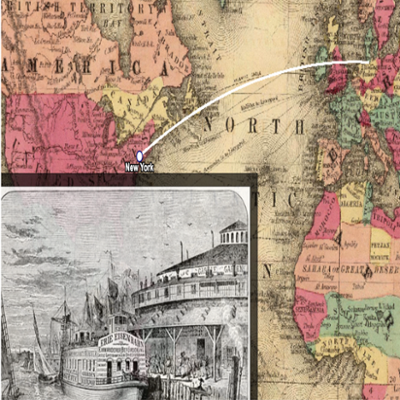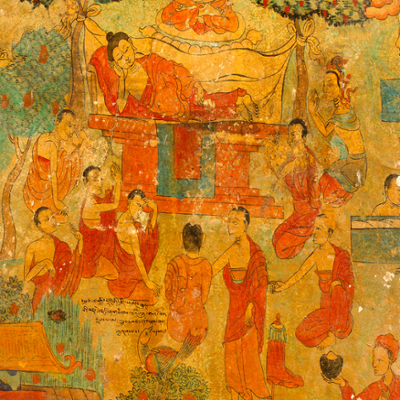
Projects


Life of the Buddha
The Life of the Buddha (LOTB) project, developed in part by Prof. Andrew Quintman, presents and analyzes for the first time monumental Tibetan murals depicting the Buddha’s life, their related literature, and their architectural and historical settings. LOTB also offers scholarly and learning communities the first tool to research and engage image, text, architecture, and history as an integrated and meaning-rich whole. The project’s impacts for the humanities and the study of Buddhism are thus twofold: the largest study to date on visual and textual Buddha narratives in Tibet, and a new digital tool for synthetic teaching and research of Buddhist images and texts in context.
LOTB is based on a detailed series of murals produced at the famed Tibetan Buddhist monastery of Jonang, together with an extended literary narrative by the monastery’s founder Tāranātha (1575-1634). These murals date from the first decades of the 17th century and are among only a handful of fully preserved narrative paintings in Central Tibet. They are also among the few murals in Tibet explicitly linked to an extant collection of narrative, poetic, ritual, and technical painting literature about the Buddha. Practically nothing has been written about the Jonang murals, and no complete visual documentation has ever been attempted.
